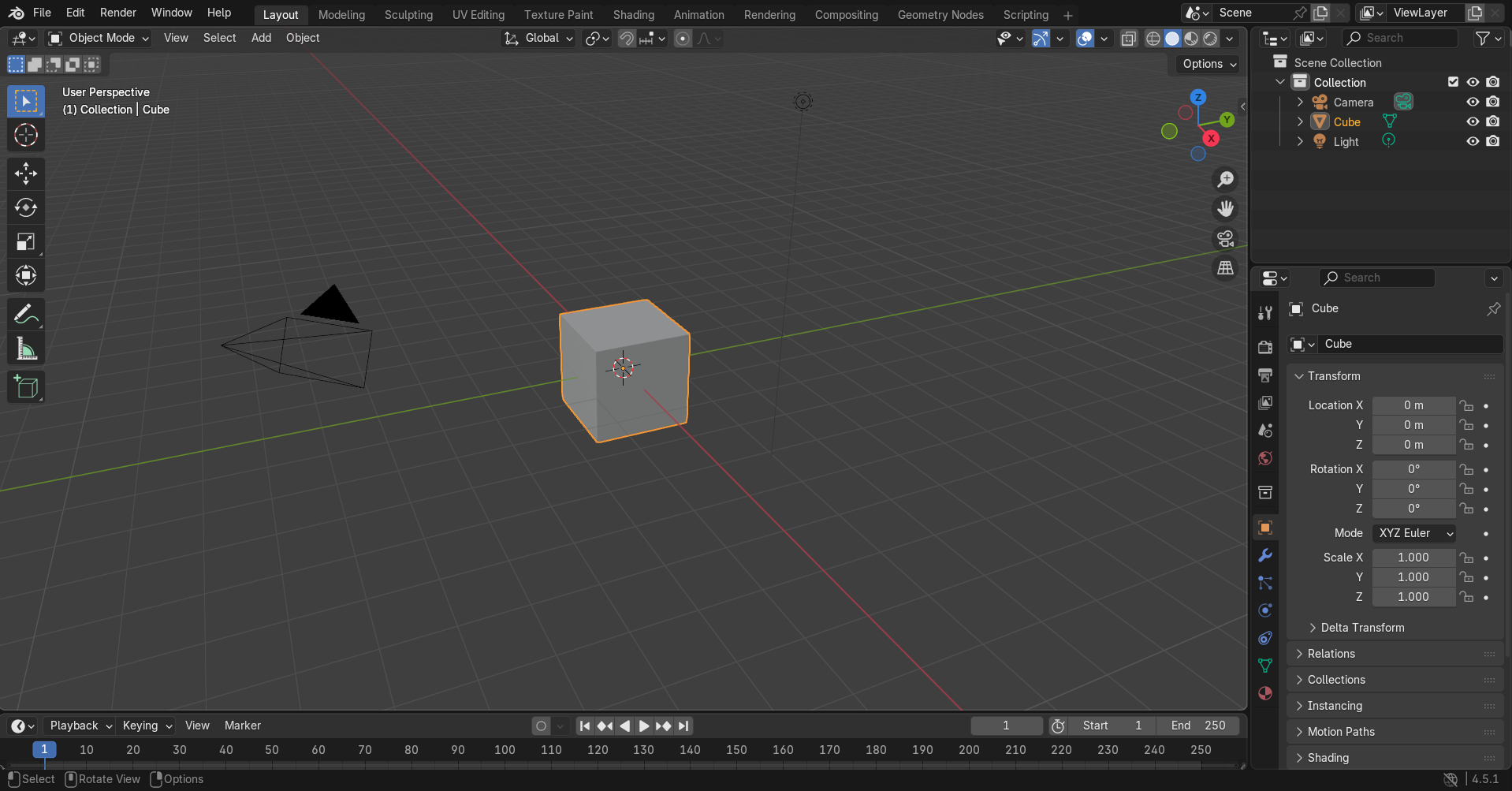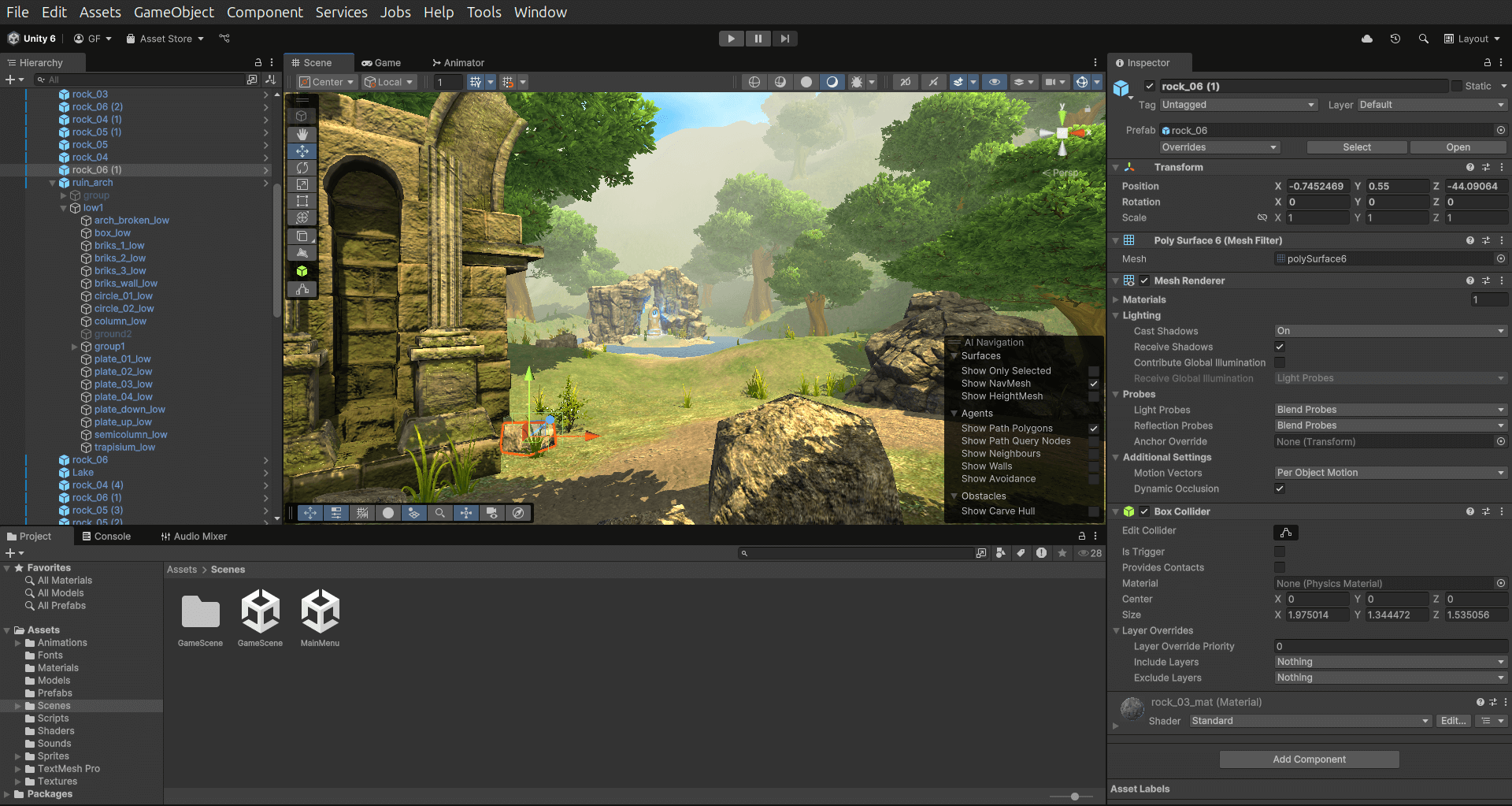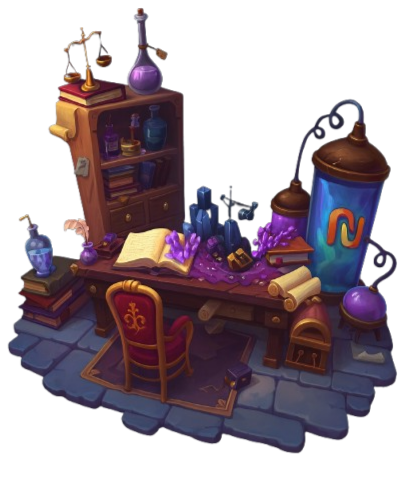…there was a kid who, probably like many others, dreamed of making games even when he had no idea how. most people know him as “Nandez” (I honestly can’t remember when that nickname first stuck). Anyway, back to the story. A kid growing up in Uruguay, discovering video games and, along with them, an unknown spark for invention. There was no plan, no market, no thought of whether it was realistic. It was just the joy of imagining characters, mechanics, and worlds that could exist if he could only figure out how to bring them to life.
And yes… that kid was me. I still remember when my parents brought home the first computer while I was in primary school. It was an Intel Celeron 433 MHz with 32 MB of RAM… yes, 32 MEGABYTES! Barely able to run any modern game launchers, but to me it was a life changer. Of course, I had to fight my sister for time on the machine but when it was finally my turn, I discovered titles like Age of Empires, Starcraft, and Diablo, and eventually my all-time favorite: Baldur’s Gate II: Shadows of Amn. That game did more than entertain me. It sparked my fascination with the Forgotten Realms, drew me into the lore of Dungeons & Dragons, and made me curious about how these worlds were built. I started wondering about the mechanics, the engines, and how those paper dolls on the screen (sprites, as I later learned to call them) were brought to life. Little did I know back then that those questions would stay with me for decades.
 The game that hooked me forever on Forgotten Realms lore and made me wonder how these worlds were built.
The game that hooked me forever on Forgotten Realms lore and made me wonder how these worlds were built.
That curiosity never left. I kept studying, but I never finished high school. Instead, I chose to work and pay my way through development courses at an academy. Back then there weren’t many online resources, so the only path forward was sitting in a classroom and learning step by step. By the time I completed my software analyst career, I was already working in an IT company as a junior developer in .NET.
A few years later, in 2014, I co-founded “EvoSoft”. Oh yeah, my own software company… Yay! Of course, I was not alone but joined by a childhood friend who was walking a path similar to mine. It was quite a ride. We built a product, broke it, rebuilt something else, and repeated that cycle more times than I can count. We played every role you can imagine: one day soldering a wire onto a Raspberry Pi, the next day having coffee with a potential client, just trying to keep the company alive and moving forward. It was entrepreneur mode in full swing, and it taught me more than just technology. It gave me perspective on business, resilience, and how to adapt when things did not go as planned.
 We once mocked up our own “EvoSoft headquarters” building logo, dreaming big and laughing about it. For two guys hustling with prototypes, it felt huge.
We once mocked up our own “EvoSoft headquarters” building logo, dreaming big and laughing about it. For two guys hustling with prototypes, it felt huge.
At the moment of writing this, I have almost twelve years in the industry, and those years gave me a wide set of skills: working with many programming languages, jumping between paradigms, solving problems with whatever tool fit best. It has been rewarding in its own way. But through all of it, the spark of making games never went away. It stayed quietly in the background, waiting for me to give it the space it deserved. Now feels like the time. Even if it means using Nanware as an excuse to capture every wild idea that crosses my mind, I owe it to that spark to give it a proper place to grow.
From Hobby to Craft
While my career pushed me deeper into the technical side of software development, I never stopped experimenting with creative tools on the side. These weren’t polished projects or commercial attempts, just small steps, late-night tinkering, and curiosity guiding me from one tool to the next.
One could think, “just build an awesome mobile app, sell it for a dollar to a million users, and boom, you’re a millionaire.” Yeah, right. XD. Spoilers ahead: it’s 2025 and I still need to pay bills. I guess I became a millionaire in other areas than money; in lessons learned, in experiences, and in the satisfaction of creating things that matter to me.
Phaser was one of my first playgrounds. It gave me a way to test simple game mechanics on the web, where I could see something moving on the screen almost instantly. It wasn’t about building something grand, but about feeling that direct connection between writing a line of code and watching a character react.
Around the same time, I discovered Blender. I remember following tutorials online, trying to model something simple and realizing how hard it was to make even a basic cube look good. But that difficulty was addictive. It sounds silly, but small things like creating a shape, applying a texture, or getting a camera angle just right felt like unlocking a secret. Those experiments never turned into full models for a project, but they added another layer to how I thought about games, not just as systems of rules, but as spaces that needed to feel alive visually.
 Blender. I opened it, stared at the cube, and quickly realized I had no idea what I was doing. But that was the fun part.
Blender. I opened it, stared at the cube, and quickly realized I had no idea what I was doing. But that was the fun part.
I also spent time experimenting with the CLUA console in Baldur’s Gate II. It wasn’t a formal language like Lua, but it was my first real taste of modding. With it I could spawn creatures, bend rules, or break the game in ways the designers never intended. Those experiments were playful, but they showed me how games were built on logic and systems, and how small tweaks could completely change the experience. Yes… I admit… my initial commands were AddGold(...), SetCurrentXP(...) but hey, it was for debugging purposes, I swear!
These hobbies didn’t immediately lead to anything finished or public, but they were essential. Each tool I touched left behind a set of lessons and a fair share of headaches too, even if the projects never made it past prototype stage. Little by little, those scattered experiments began to converge.
Eventually, that path led me to Unity. There I found a space where all those skills, programming, design, a touch of art, and an understanding of systems, could finally come together. Unlike the smaller tools I had used before, Unity felt like a full workshop. It gave me the freedom to combine everything I had learned and to finally move from scattered experiments into projects with bigger scope.
 An early scene from The Watcher… my first real attempt at building a world instead of just a mechanic.
An early scene from The Watcher… my first real attempt at building a world instead of just a mechanic.
The Workshop
That is what Nanware has become for me. Not a company in the traditional sense, not a brand with a business plan, but a workshop. A personal forge where I can build with intention, even if the results are small or experimental. For me, code has never been only about making something run. It is about shaping experiences, about making a player feel something when they move through a space or interact with a mechanic.
My years in traditional software development gave me discipline, structure, and the ability to deliver. Deadlines taught me to stay sharp, projects taught me how to keep things maintainable, and clients taught me how to build solutions that solve real problems. That foundation is valuable, but when I turn to game development, I notice a different demand. It is not enough for the code to be correct. A game has to feel right.
That means the movement of a character has to have weight. A sound effect has to land at just the right moment. An AI routine that works perfectly on paper can still feel lifeless if it does not create tension or surprise. Game development is logic and emotion tied together, and that tension is exactly what keeps pulling me back to the workshop. It is a place where discipline and curiosity meet, where every experiment is another attempt at finding the balance between rules and play.
 Messy? Absolutely. Chaotic? Without a doubt. But that’s how every experiment begins in the workshop.
Messy? Absolutely. Chaotic? Without a doubt. But that’s how every experiment begins in the workshop.
So… Why Now?
Starting this devlog is my way of making the journey visible. For years Nanware was only a name written in notebooks, an idea I kept in reserve. Dreams are patient, but eventually you realize that the best time to start was yesterday, and the next best time is now.
This space will not only show finished projects. I want to share sketches, half-built prototypes, and experiments that might go nowhere, along with the lessons that come from breaking things apart. It is a reminder to myself that every fold matters, even if it does not lead to the final shape.
Nanware is my workshop for curiosity. Sometimes I will be working on small arcade prototypes. Other times I will dive into tools, design experiments, or narrative-driven projects. Each entry here will be a piece of that process, told from my perspective, in the moment. It will be messy, imperfect, and that is the point.
Over time, I hope these notes will form a record of growth: how imagination turns into code, how code turns into experience, and how experience becomes story.
So stay a while and… read?